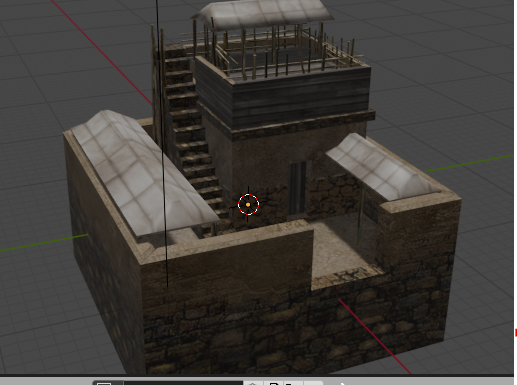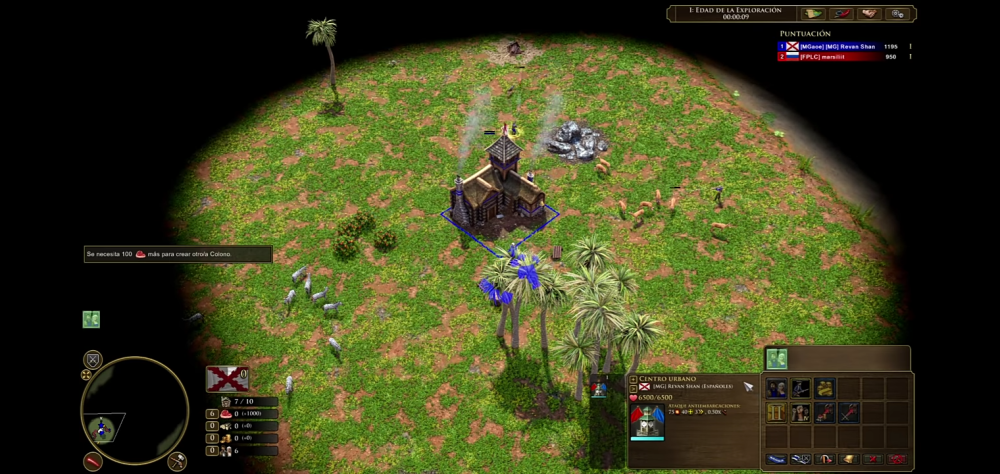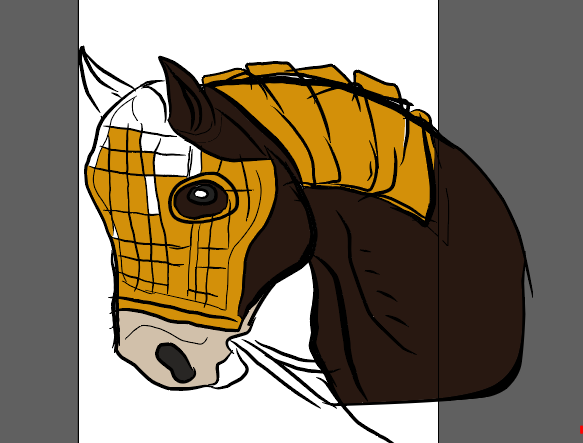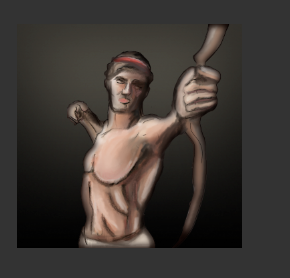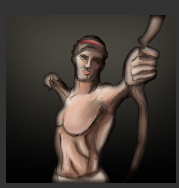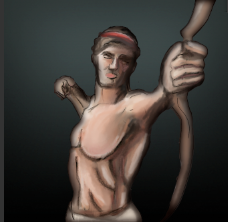-
Posts
25.684 -
Joined
-
Days Won
300
Everything posted by Lion.Kanzen
-
.thumb.png.ce58cea22940c255f5b0a735d5abee36.png)
[Discussion]Future the design and Vision for 0 A.D
Lion.Kanzen replied to borg-'s topic in Gameplay Discussion
Yes, a little. -
.thumb.png.ce58cea22940c255f5b0a735d5abee36.png)
[Discussion]Future the design and Vision for 0 A.D
Lion.Kanzen replied to borg-'s topic in Gameplay Discussion
este modo basicamente no tienes cultura y los soldados son milicias basicas, granjeros peleando con armas. -
.thumb.png.ce58cea22940c255f5b0a735d5abee36.png)
[Discussion]Future the design and Vision for 0 A.D
Lion.Kanzen replied to borg-'s topic in Gameplay Discussion
may be a cart very slow cart as dropsite, the villagers will be more weakers than standard. the CC will be a big house. some time ago I wanted to bring that slow development of the aoe, I didn't implement it, but the idea is to start in a poor and underdeveloped settlement. I live in a poor country and I know how it is. this hellhole becomes into a CC. -
.thumb.png.ce58cea22940c255f5b0a735d5abee36.png)
[Discussion]Future the design and Vision for 0 A.D
Lion.Kanzen replied to borg-'s topic in Gameplay Discussion
it will be stay... for now.... my idea is P0(phase 0) the units arent even great doing normal, will be inmigrants, weaken(by war) and poors. is like nomad but slower, because they are less experienced than farmer o hunter. this will give the excuse that they will have to live from 0. They will have to learn to do everything. technologies will be more rudimentary. It will be a survival stage. It will be as if a citizen escapes to the forest and has 0 knowledge of agriculture, hunting, etc. -
.thumb.png.ce58cea22940c255f5b0a735d5abee36.png)
suggestions Thread for posting suggestions for Alpha 27.
Lion.Kanzen replied to Lion.Kanzen's topic in General Discussion
we need a gold rush(classic) and another where there are fruits be an essential part. -
.thumb.png.ce58cea22940c255f5b0a735d5abee36.png)
[Discussion]Future the design and Vision for 0 A.D
Lion.Kanzen replied to borg-'s topic in Gameplay Discussion
Phase 0 would be peasants and poorly trained militias. similar to classic AoE. The first phase would be found(settle) a village. The requirement would be 1000 food. It would be like War Selection. -
.thumb.png.ce58cea22940c255f5b0a735d5abee36.png)
[Discussion]Future the design and Vision for 0 A.D
Lion.Kanzen replied to borg-'s topic in Gameplay Discussion
for the art department it will be difficult. It could be that if starting phase = 0 is implemented as. New game mode. -
.thumb.png.ce58cea22940c255f5b0a735d5abee36.png)
[Discussion]Future the design and Vision for 0 A.D
Lion.Kanzen replied to borg-'s topic in Gameplay Discussion
thank you.I could moderate the order of the forums, but not the people. -
Translating you comment. ""Pensándolo bien, creo que una foto de la ~entrada o de la ~salida estaría bien, pero quizás lo oscuro hace un mejor contraste en el tamaño de los iconos si quieres ir con las manos."" ------- Now my reply. Yes, I was planning to take some personal photos and create my illustrations, the lazy technique I call it. It consists of taking a photo and giving it drawing effects.
-
.thumb.png.ce58cea22940c255f5b0a735d5abee36.png)
Wow's new unit countering ideas
Lion.Kanzen replied to wowgetoffyourcellphone's topic in Gameplay Discussion
We called Lancer. -
.thumb.png.ce58cea22940c255f5b0a735d5abee36.png)
suggestions Thread for posting suggestions for Alpha 27.
Lion.Kanzen replied to Lion.Kanzen's topic in General Discussion
what can be is to hide their name and faction until you discover them on the map. -
.thumb.png.ce58cea22940c255f5b0a735d5abee36.png)
[Discussion]Future the design and Vision for 0 A.D
Lion.Kanzen replied to borg-'s topic in Gameplay Discussion
@Stan` split the topic some like "[Discussion]Future the design and Vision for 0 A.D" -
.thumb.png.ce58cea22940c255f5b0a735d5abee36.png)
[Discussion]Future the design and Vision for 0 A.D
Lion.Kanzen replied to borg-'s topic in Gameplay Discussion
Yo debería escribir en español cuando te hablo, es menos difícil de traducir. -
-
.thumb.png.ce58cea22940c255f5b0a735d5abee36.png)
Wow's new unit countering ideas
Lion.Kanzen replied to wowgetoffyourcellphone's topic in Gameplay Discussion
Lancer? -
.thumb.png.ce58cea22940c255f5b0a735d5abee36.png)
[Discussion]Future the design and Vision for 0 A.D
Lion.Kanzen replied to borg-'s topic in Gameplay Discussion
It sounds a bit like Delenda Est mod with EE. I prefer it to be generic in other ways. They would have to be regional generics. Greeks, North Africans, Far Asians... -
.thumb.png.ce58cea22940c255f5b0a735d5abee36.png)
[Discussion]Future the design and Vision for 0 A.D
Lion.Kanzen replied to borg-'s topic in Gameplay Discussion
generic in what sense? You say customize meanwhile you play. -
.thumb.png.ce58cea22940c255f5b0a735d5abee36.png)
MARVEL TEMPLE OF ARTEMISA
Lion.Kanzen replied to marius4's topic in Eyecandy, custom projects and misc.
It serves as a reference for us. And for make a good render for our main menu background. -
I don't use gimp.
-
basically it is an advertisement, a tv spot about the game, Mayorcete has a wide audience in spanish. He noted that 0 AD deserves all the support for the intense love that the developers put into the game. He says that 0 AD is a worthy game on a par with Age of Empires. AoE 2 fanboys jumped in a debate in the comments. Mayorcete has been fighting with the AoE2 community , because AoE IV.
-
Desactiva TLS en configuración en la pestaña de red y sala multijugador.
-
dejame llamar a un desarrollador... @Silier@Freagarach @Stan`
-


